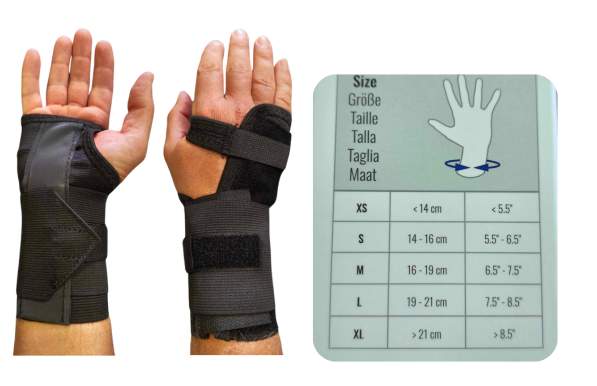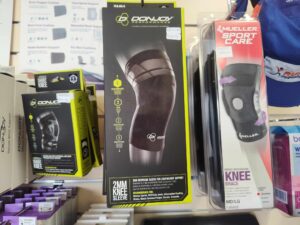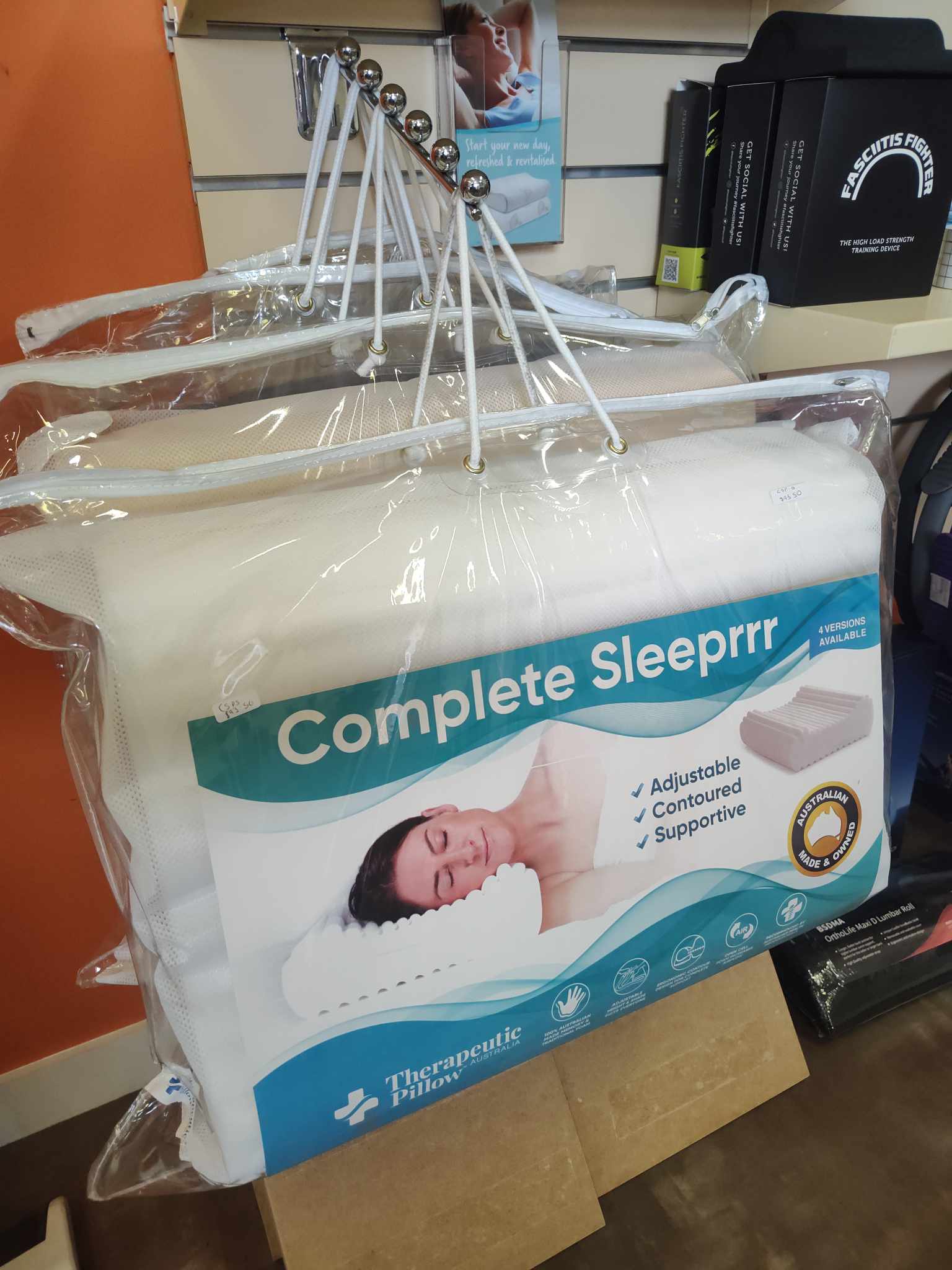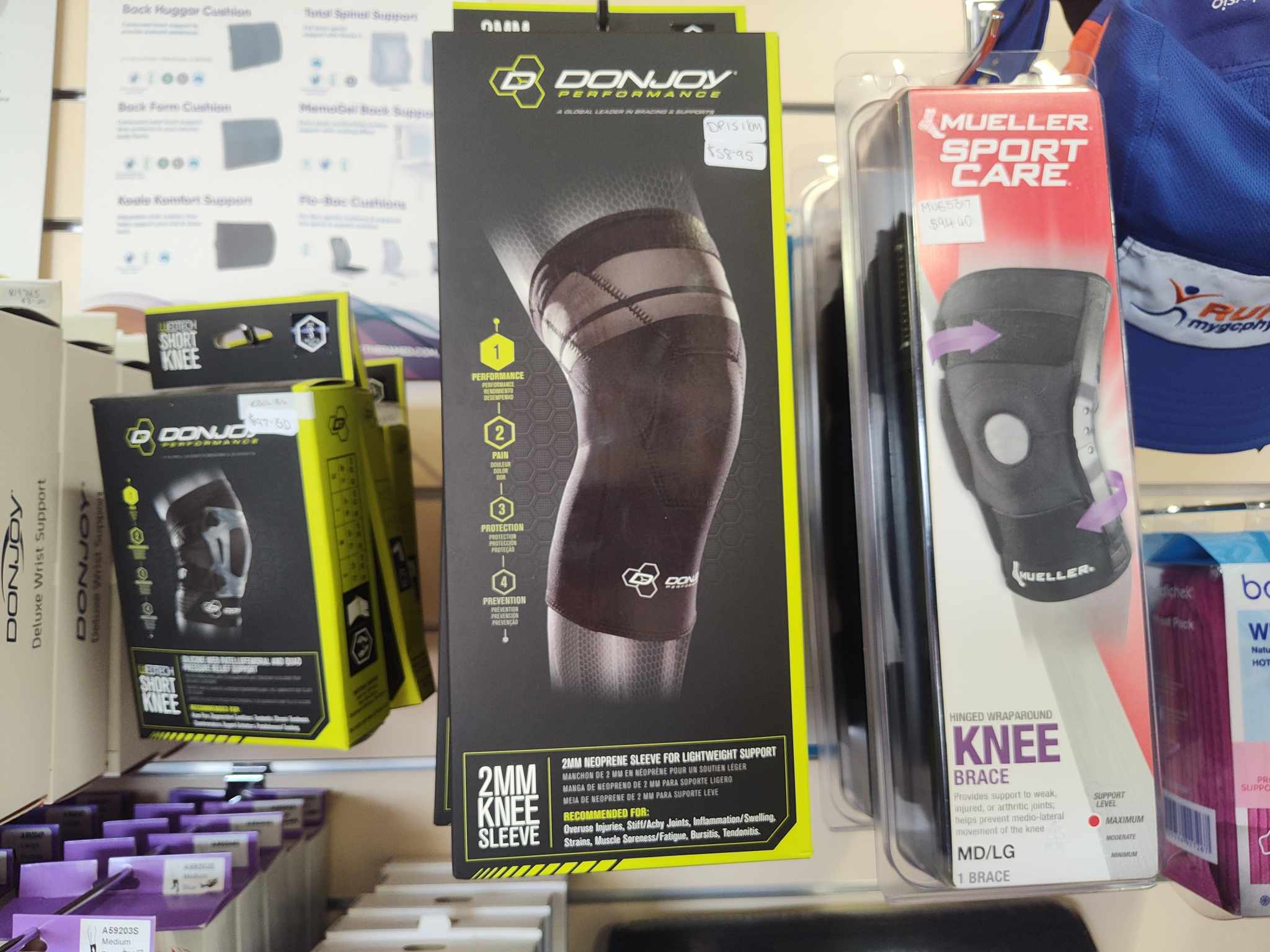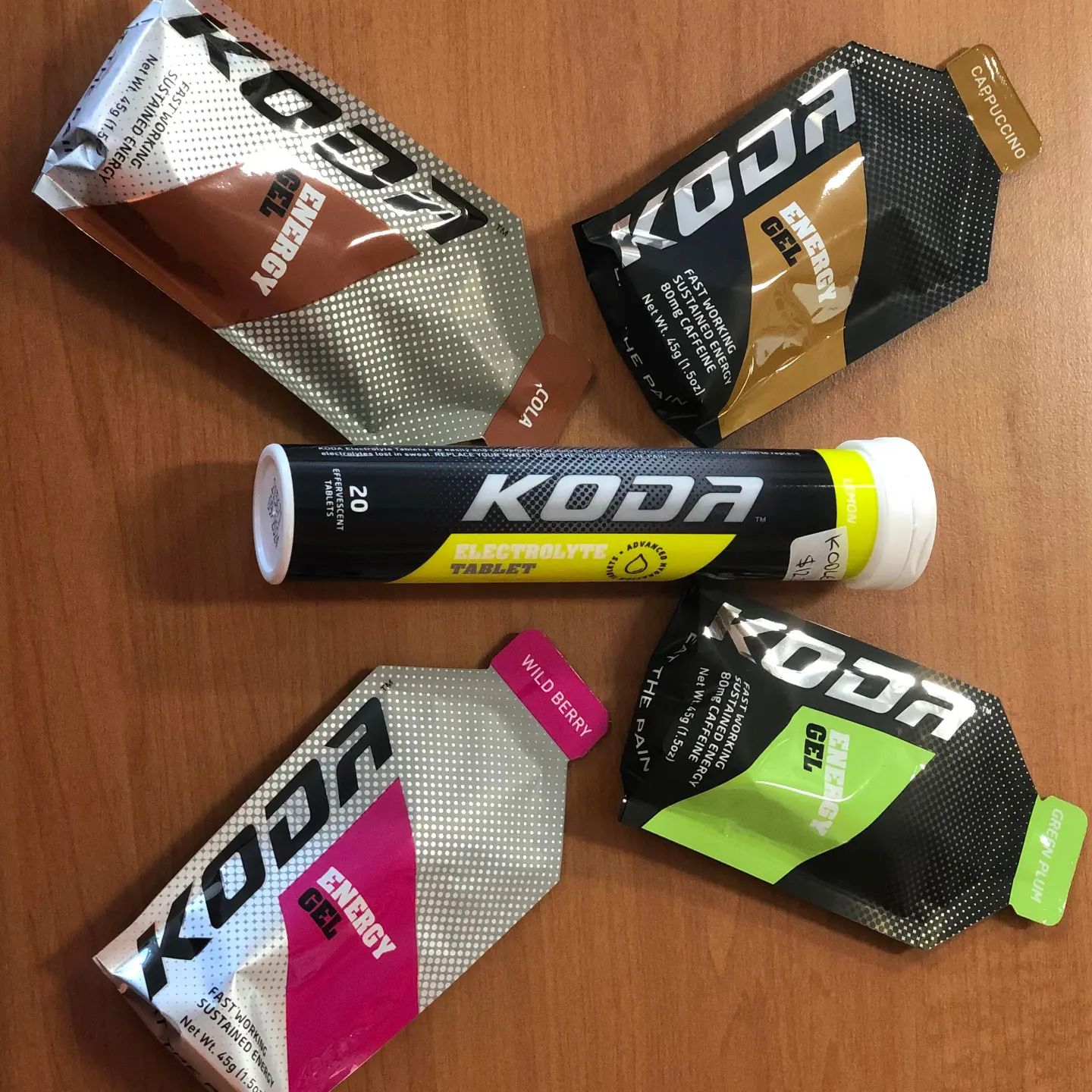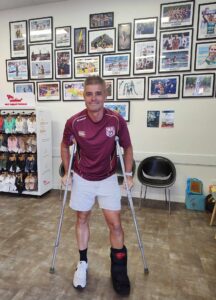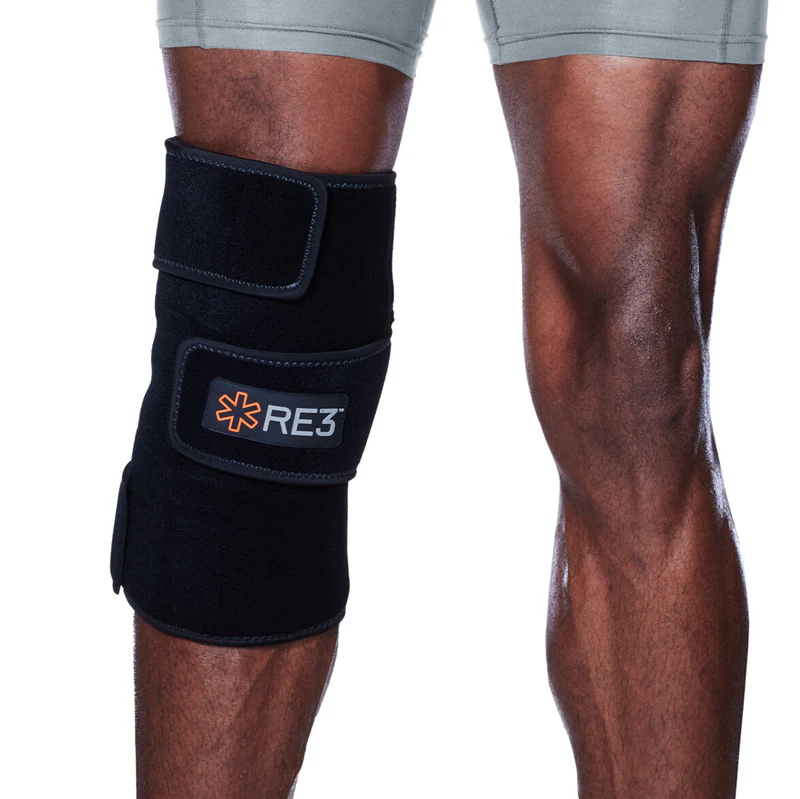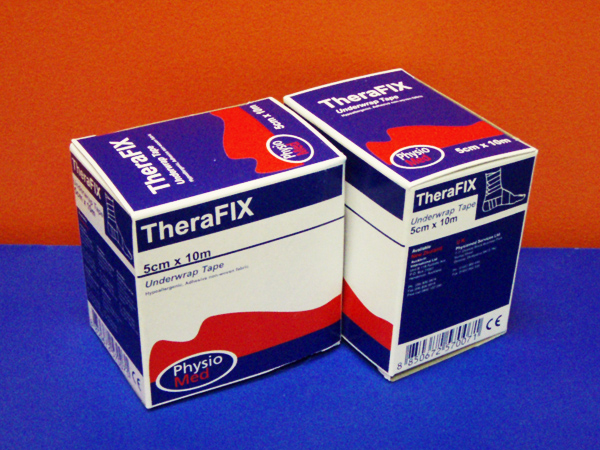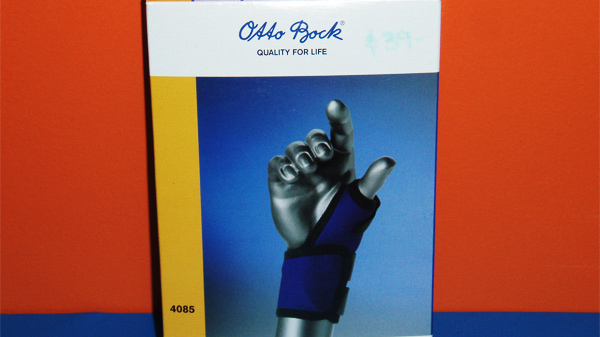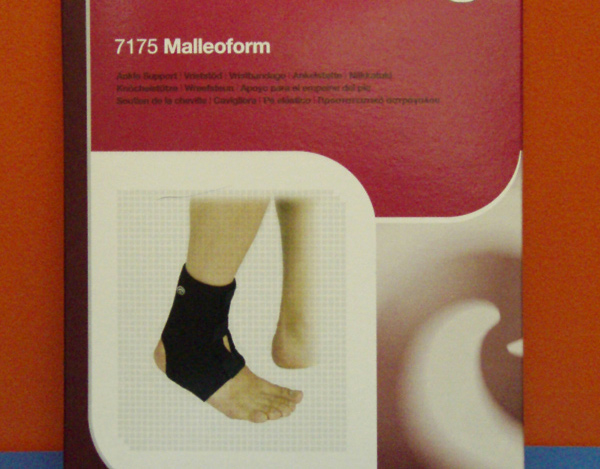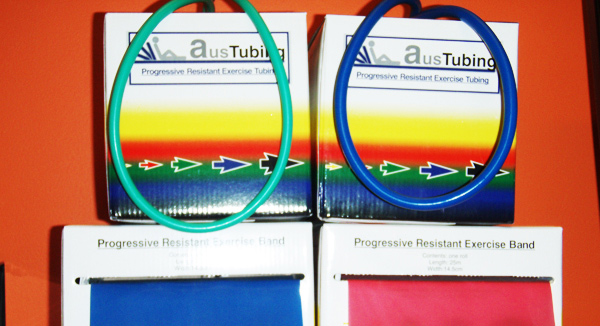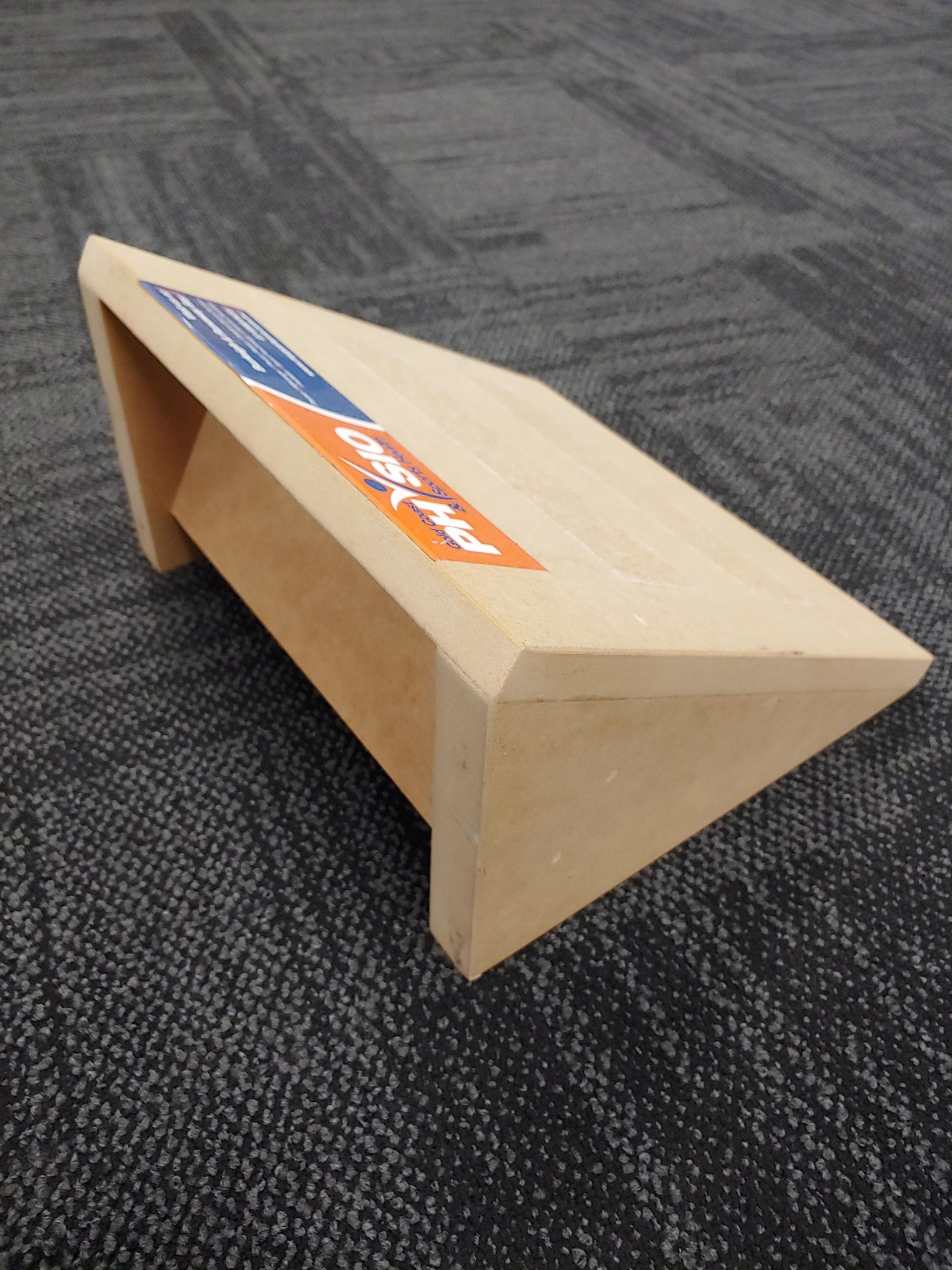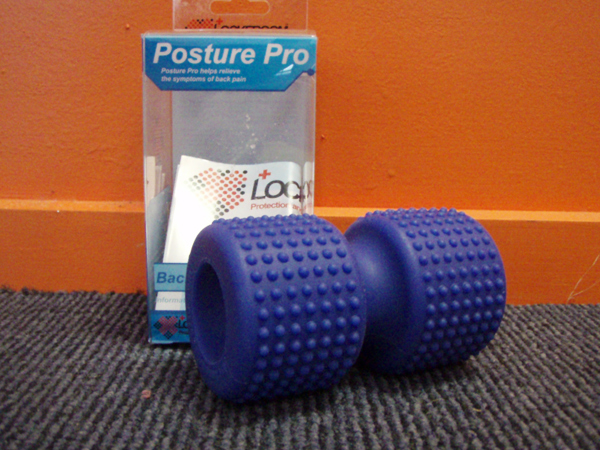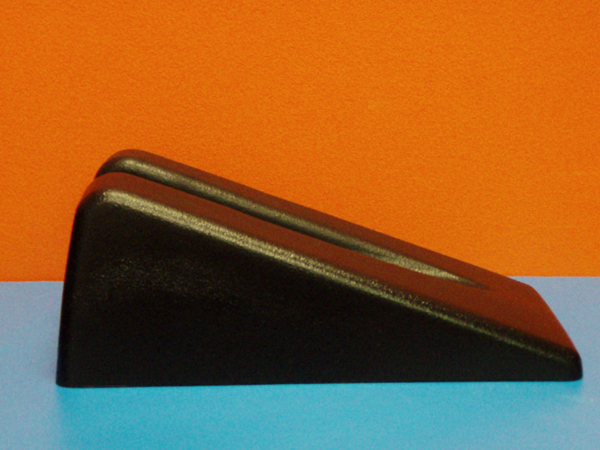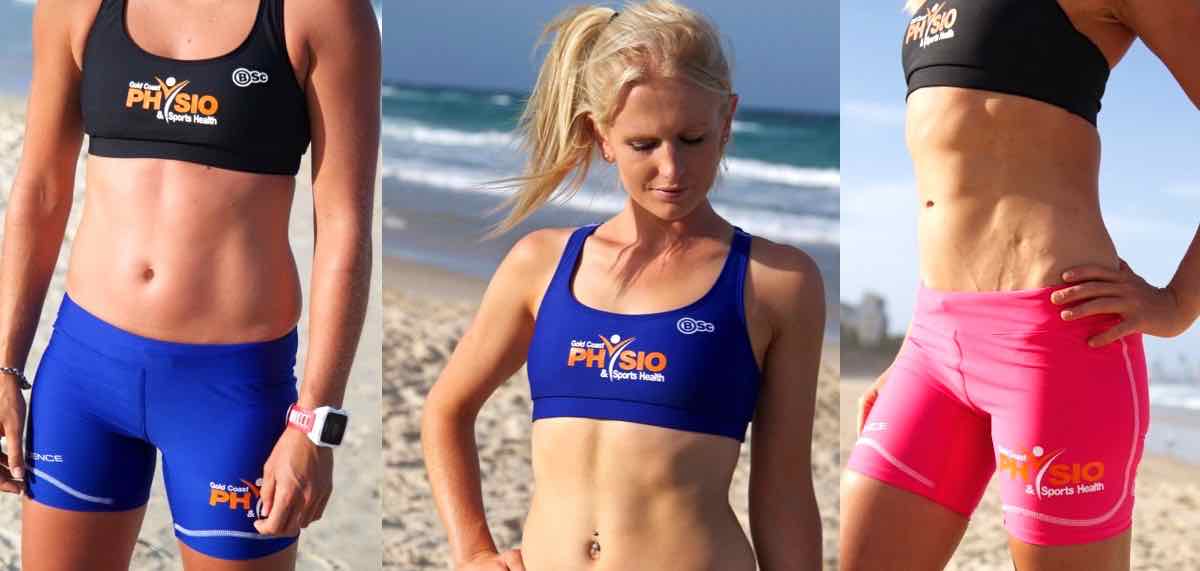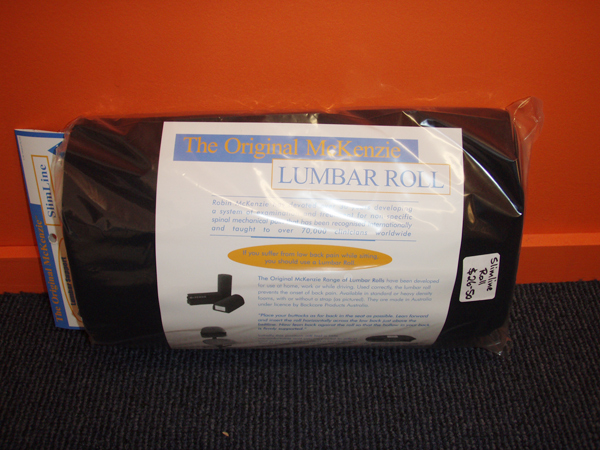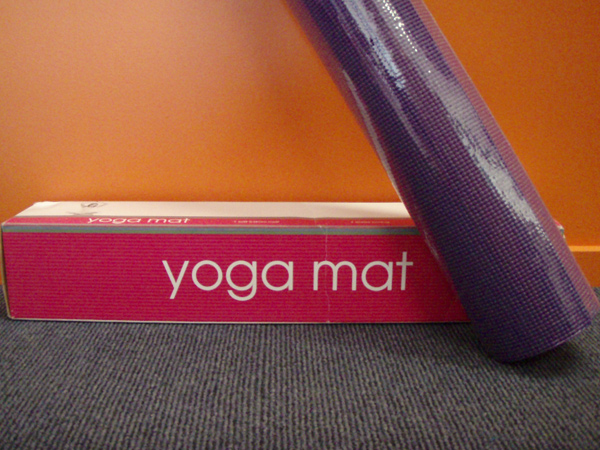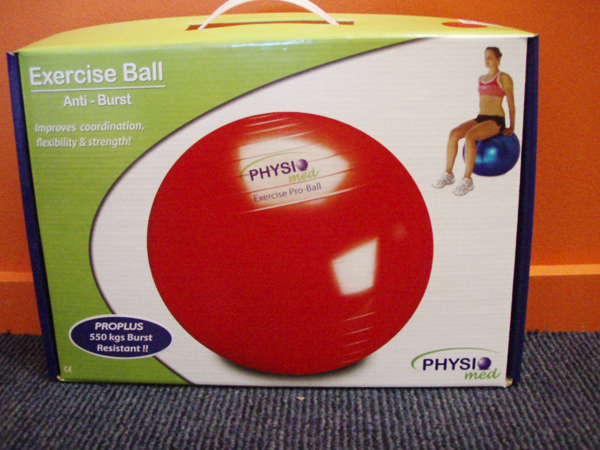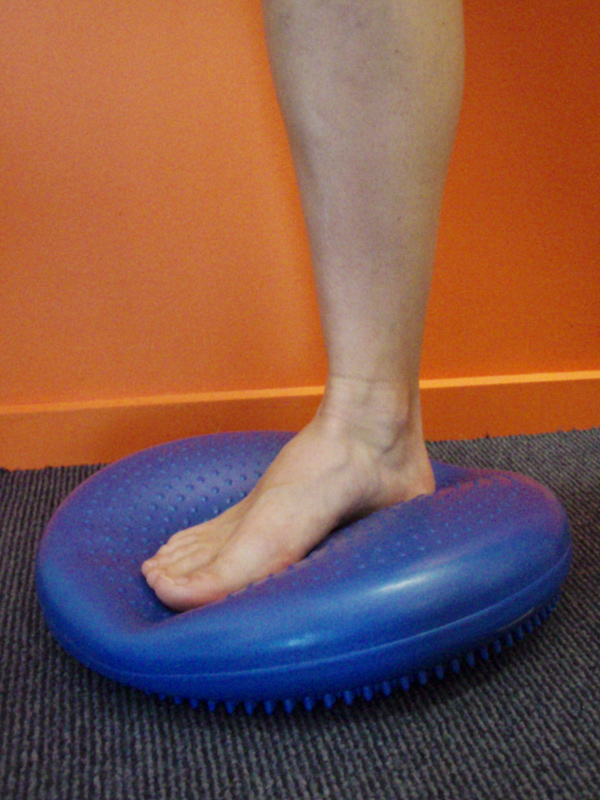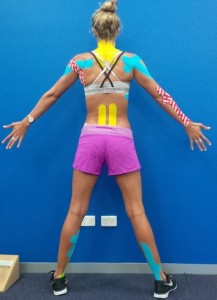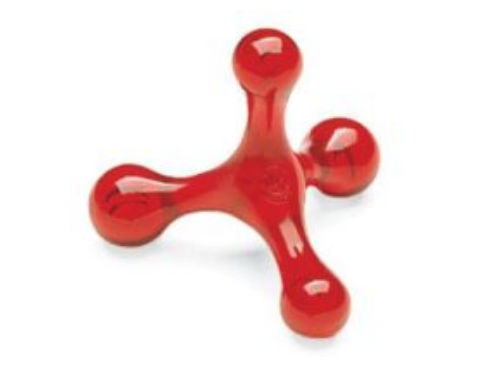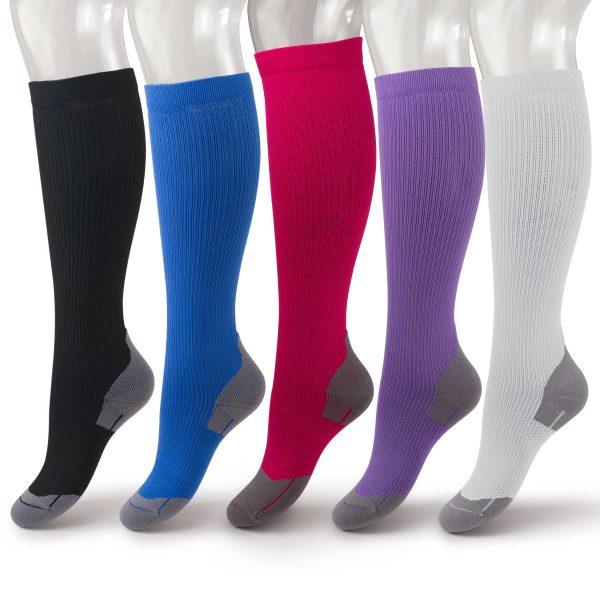 Pregnancy is a beautiful and life-changing experience, but it can also bring about significant changes to a woman’s body, especially for active women and athletes. These changes—whether it’s changes to your muscles, joints, or overall fitness—can make returning to sport after childbirth seem challenging. The good news? Physiotherapy can play a pivotal role in helping you safely and effectively return to your athletic pursuits, no matter the sport.
Pregnancy is a beautiful and life-changing experience, but it can also bring about significant changes to a woman’s body, especially for active women and athletes. These changes—whether it’s changes to your muscles, joints, or overall fitness—can make returning to sport after childbirth seem challenging. The good news? Physiotherapy can play a pivotal role in helping you safely and effectively return to your athletic pursuits, no matter the sport.
Common Physical Challenges for Female Athletes During and After Pregnancy
Pregnancy puts a lot of strain on a woman’s body, even for the fittest athletes. The body undergoes hormonal, structural, and muscular changes that can affect mobility, posture, and strength. Here are some of the most common physical challenges female athletes may face:
 1. Pelvic Floor Dysfunction
1. Pelvic Floor Dysfunction
- The pelvic floor muscles play a significant role in core stability, posture, and urinary control. During pregnancy, the growing baby places additional pressure on these muscles. This can lead to issues like stress urinary incontinence (SUI), pelvic organ prolapse, or pelvic pain.
- Postpartum, these issues may persist, making activities like running, jumping, or lifting difficult.
2. Diastasis Recti (Abdominal Separation)
- Diastasis recti is a condition where the two sides of the rectus abdominis (the “six-pack” muscle) separate due to the stretching of the abdominal wall during pregnancy. This can lead to a weakened core, poor posture, and an increased risk of back pain.
- Many female athletes experience this condition, which can impact their ability to perform core-intensive activities.
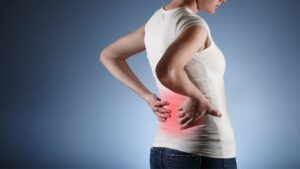 3. Postural Changes and Lower Back Pain
3. Postural Changes and Lower Back Pain
- As the baby grows, the body’s center of gravity shifts, leading to changes in posture. This increased curvature of the lower spine can strain the back muscles, leading to discomfort or pain, particularly in the lower and middle back or ribs.
- These postural changes can affect balance and increase the risk of injury, especially when resuming physical activities.
4. Hip and Pelvic Joint Pain
- Pregnancy hormones like relaxin help the body to prepare for childbirth, which can cause hypermobility in the joints, particularly in the hips, and pelvis.
- After childbirth, this increased joint mobility can leave you prone to pain or injury as you return to sport.
5. Muscle Weakness and Fatigue
- After pregnancy, women may experience general muscle weakness or postpartum fatigue/stress. This can affect energy levels, making it harder to get back into an athletic routine.
How Physiotherapy Can Help You Return to Sport Safely and Effectively
Whether you’re looking to run, jump, lift weights, or get back into high-impact sports like soccer or basketball, physiotherapy provides the tools, guidance, and personalised programs needed for a successful and safe return to athletic performance.
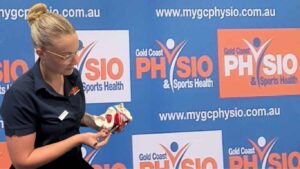 Pelvic Floor Rehabilitation
Pelvic Floor Rehabilitation- Postpartum Core Rehabilitation
- Postural and Back Pain Relief
- Joint Stabilisation and Strengthening
- Gradual Return to Physical Activity Program
Conclusion: Returning to Your Sport After Pregnancy
Becoming a mother doesn’t mean you have to give up your athletic goals or the joy of sport. While pregnancy and childbirth present physical challenges, physiotherapy can provide the support and expertise you need to return to your activities safely and effectively. Whether you’re dealing with pelvic floor dysfunction, core weakness, back pain, or joint instability, a physiotherapist can develop a customised treatment plan to address your specific needs, helping you regain strength, mobility, and confidence.
Written by APA Physiotherapist Hannah Bennett

